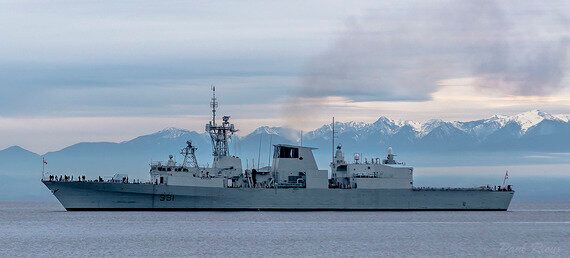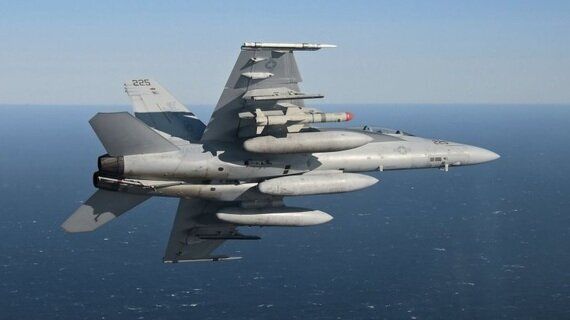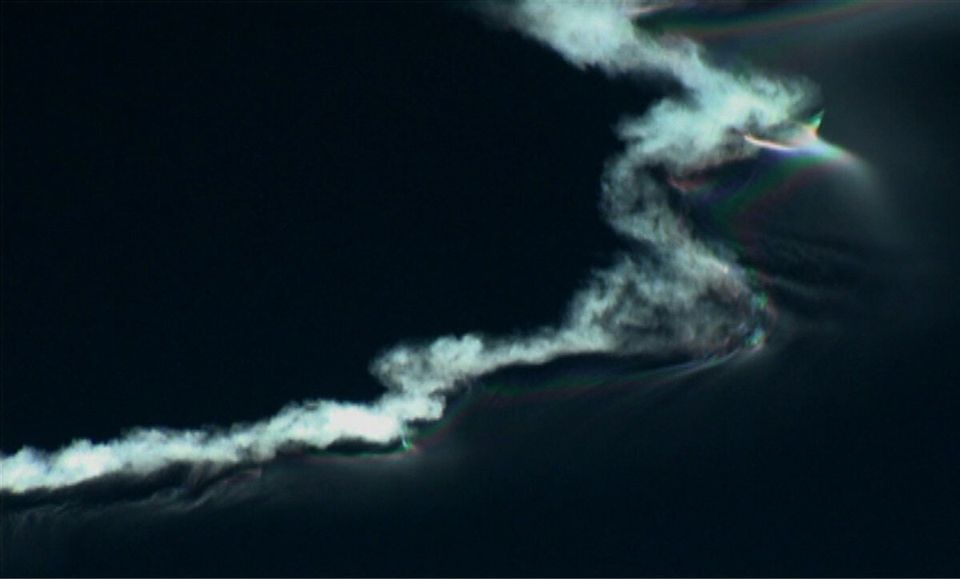The Royal Canadian Navy (RCN) successfully fired its first Harpoon Block II missile at a land target.
A first in the history of the RCN, HMCS Vancouver fired the missile off the coast of California while conducting a Joint Littoral Training Exercise (JoLTEX) with the U.S. Navy.

RCN HMCS Vancouver
''The success of JoLTEX 16 clearly demonstrates the Navy's commitment to providing a modern, flexible and combat-capable maritime force -- not only above, on and below the seas -- but one that is now also capable of striking from sea to shore,'' said Commodore Jeff Zwick, Commander Maritime Fleet Pacific.
Beforehand, the Halifax-class frigate could only fire its BOFOR 57 mm Mk2 gun at land targets up to 17 kilometres. With the Harpoon Block II, it can now hit a target at up to 124 kilometres with more precision. The Canadian frigate can carry more than eight Harpoons onboard.
Made by Boeing, the Harpoon Block II is an anti-ship missile that can execute both land-strike and anti-ship missions. It is packed with more than 500 pounds of explosive and employs a GPS-aided inertial navigation system (INS) to strike land targets and docked ships.
This addition, in my opinion, will enable Canada to take a bigger role when sailing with NATO fleets such as the Standing NATO Maritime Group 2 (SNMG2). The SNMG2 is an Immediate Reaction Force (IRF) sailing in the Meditteranean Sea. The Canadian frigate, under the command of NATO, could provide strikes in countries such as Libya and Syria.
The fact that it can strike land targets gives Canada the ability to support ground operation by conducting strategic and tactical strikes. I believe Canada will have opportunities in the near future to contribute to its allies' campaigns with the Harpoon Block II.
Also, Canadian Special Operations Forces will now have the ability to call in naval strikes, a possible option when air assets are not available. As a matter of fact, the all-weather missile could be employed when the weather makes air strikes impossible. As long as the targets are within a range of 124 kilometres, the Canadian frigate could strike them.
''The successful execution of JoLTEX 16 resulted from the coming together of RCN, Special Forces, the materiel group, and our evaluation teams to achieve several firsts for the CAF, including the delivery of combat effect by the RCN in a joint littoral environment,'' said Captain (Navy) Darren Garnier, Commander Canadian Forces Maritime Warfare Centre
The Harpoon Block II can be fired by F/A-18E Super Hornet
The Boeing Harpoon Block II can also be fired from the F/A-18E Super Hornet multirole fighter. This is another reason why I believe the Super Hornet would be ideal for replacing the ageing the CF-188 Hornets.

A first Harpoon Block II+ free-flight test was performed from an F/A-18E Super Hornet on 18 November. Source: NAVAIR
Presently, the Canadian fighter aircraft can carry the Harpoon Block II. However, the F-35A has not been designed to carry the Harpoon.
According to Boeing, the multi-mission Block II is deployable from all current Harpoon missile system platforms with either existing command and launch equipment or the commercially available Advanced Harpoon Weapon Control System (AHWCS).
Having a similar weapon for the RCN and the Royal Canadian Air Force (RCAF) would most likely improve interoperability. It would also mean Canada would use one type of anti-ship missile, cutting the cost of operation.
The Halifax-class frigates are currently undergoing midlife updates including replacing much of the ships' systems, including weapons, sensors and damage control. All 12 frigates are expected to be back in active service by 2018.
The addition of the Harpoons and the Raytheon Naval Remote Weapon Stations (NRWS) will definitely make the Halifax-class frigate better.
Canada is also planning to add 15 Canadian Surface Combatant (CSC) ships by the mid 2020s and will most likely have Harpoon Block II missiles.
Follow HuffPost Canada Blogs on Facebook
MORE ON HUFFPOST:
